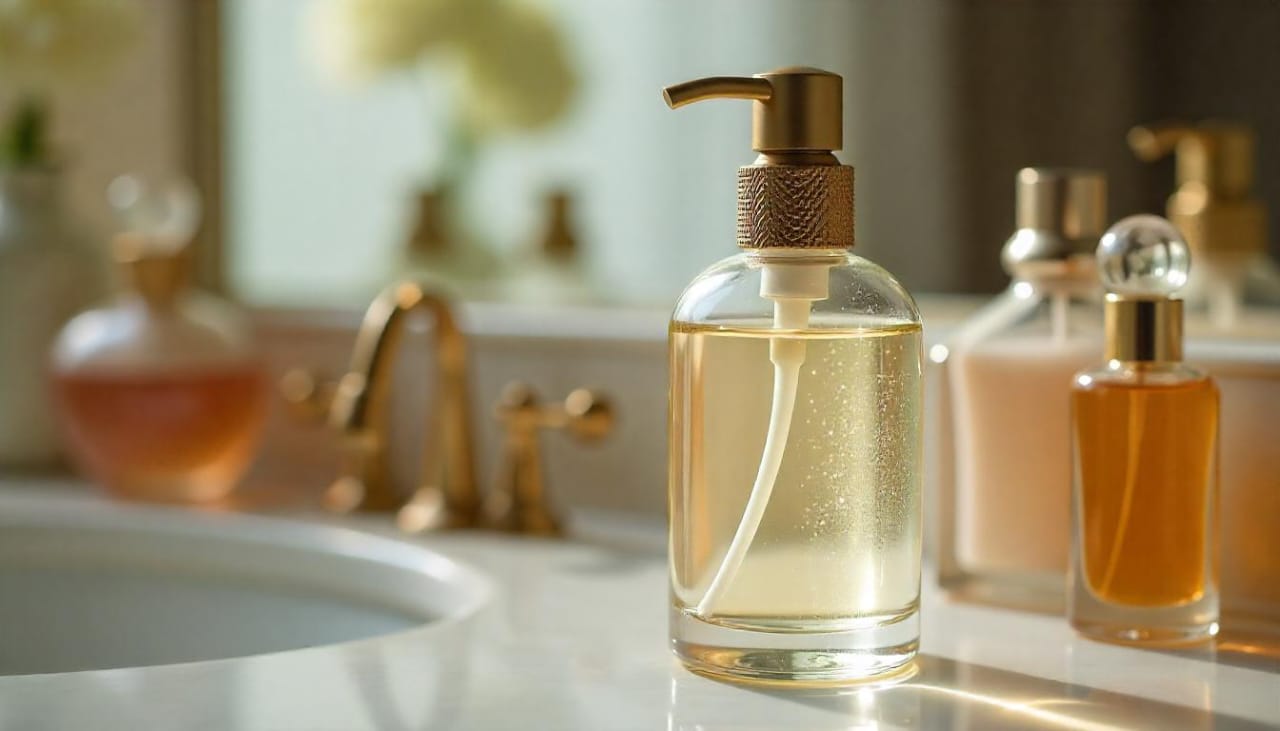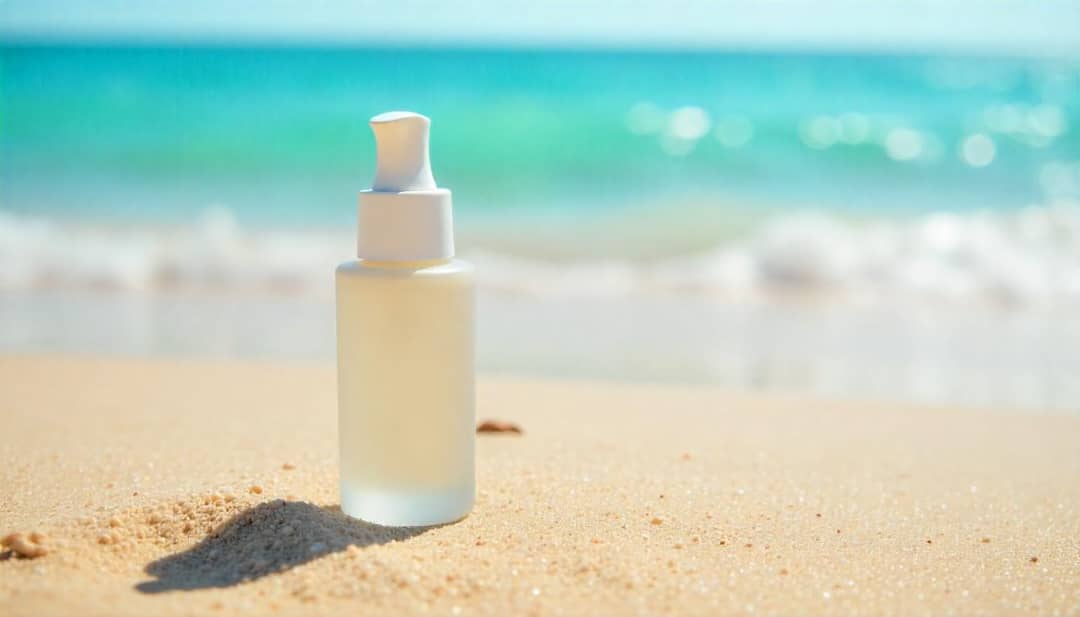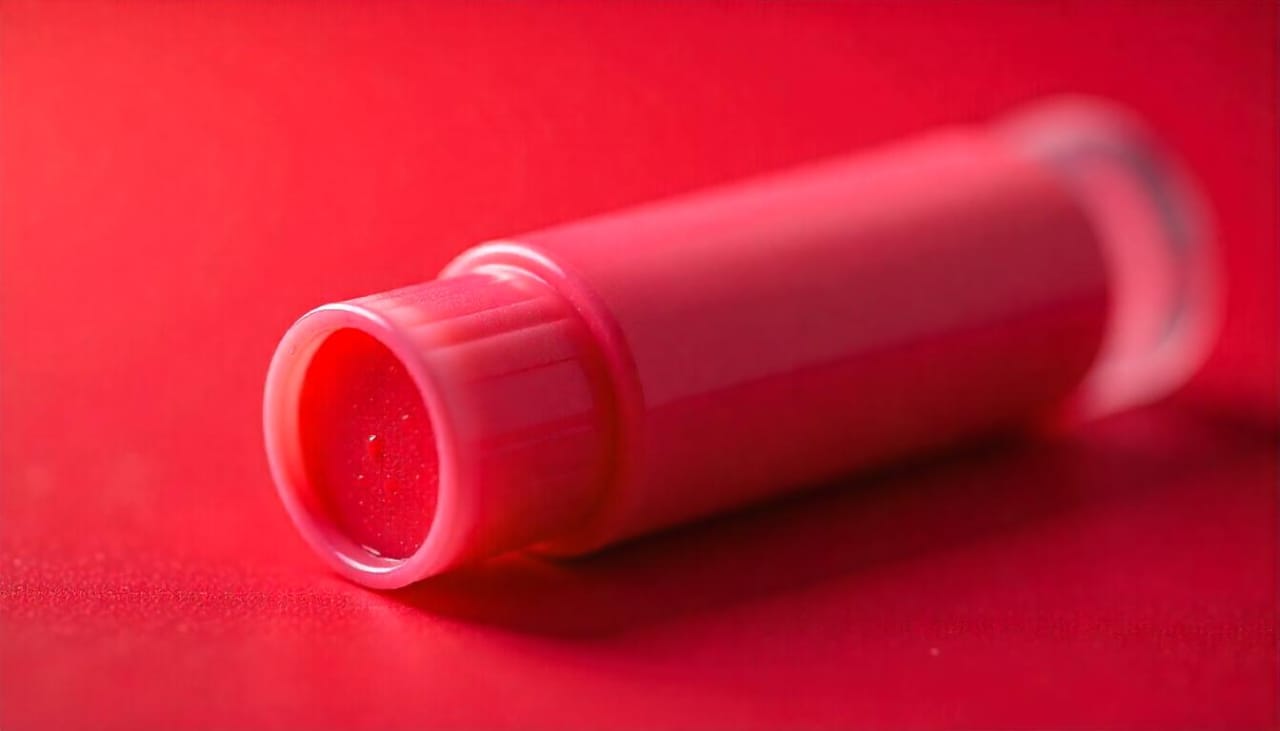Cleansing your face might seem like the most straightforward step in your skincare routine—but there’s a lot more to it than just splashing on some soap and water. In fact, despite how common facial cleansers are, many people still fall for outdated advice or misleading claims that could be doing their skin more harm than good.
To help you separate fact from fiction, we’re debunking 5 common myths about face cleansers that many people still believe. If you’ve been struggling with dullness, dryness, or breakouts, one of these cleansing misconceptions might be to blame.
1. Myth: The More It Foams, the Better It Cleans
It’s easy to assume that a rich, bubbly lather equals a deeper clean. But that fluffy foam isn’t always a good sign. In fact, many foaming cleansers contain harsh surfactants like sodium lauryl sulfate (SLS), which strip the skin of its natural oils. While they might leave your face feeling “squeaky clean,” they can also lead to dryness, irritation, and a disrupted skin barrier.
Foam doesn’t equal effectiveness. A good cleanser removes dirt, oil, and makeup gently without leaving your skin feeling tight or dry. Cream, gel, and balm cleansers can be just as—if not more—effective, especially for sensitive or dry skin types.
2. Myth: You Only Need to Cleanse at Night
While cleansing before bed is crucial to remove makeup, dirt, and pollutants, morning cleansing is equally important. Overnight, your skin produces oil, sheds dead skin cells, and may even pick up bacteria from your pillowcase. Skipping your morning cleanse can lead to clogged pores and less effective absorption of daytime skincare products.
That said, your morning cleanser doesn’t need to be harsh. A gentle, hydrating formula is usually enough to refresh your skin and prep it for sunscreen and serums.
3. Myth: Hot Water Opens Your Pores
This is one of the most persistent skincare myths out there. Pores are not doors—they don’t open or close. What hot water actually does is dilate blood vessels and temporarily soften debris in the pores, but it won’t “open” them. Even worse, using hot water can irritate and dehydrate your skin, especially if you’re prone to sensitivity or redness.
Instead, cleanse your face with lukewarm water, which is gentle on the skin and just as effective at helping your cleanser do its job. You can follow up with a toner or exfoliant to help clean out pores more thoroughly.
4. Myth: If Your Skin Feels Tight, It Means It’s Really Clean
That tight, squeaky sensation after cleansing is often mistaken for a sign of cleanliness—but it’s actually a sign your skin is too clean. When your cleanser strips away too much oil and moisture, it leaves your skin dehydrated and vulnerable. Over time, this can lead to increased oil production (hello, breakouts), sensitivity, and a damaged skin barrier.
The right cleanser should leave your skin feeling clean, soft, and balanced—not dry, flaky, or uncomfortable. If your face feels tight after washing, it’s a sign to switch to a more hydrating, gentle formula.
5. Myth: All Cleansers Work for Everyone
Skincare isn’t one-size-fits-all, and neither are face cleansers. What works for your best friend’s oily skin might wreak havoc on your dry, sensitive complexion. Cleansers come in a variety of forms—gels, creams, foams, oils, balms—and are formulated with different ingredients for different skin types.
When choosing a cleanser, consider your skin’s needs:
- Dry skin? Look for creamy or oil-based cleansers with hydrating ingredients like glycerin or ceramides.
- Oily or acne-prone skin? Go for gel cleansers with salicylic acid or niacinamide.
- Sensitive skin? Choose fragrance-free, non-stripping formulas with soothing ingredients like aloe vera.
Customizing your cleanser to your skin type makes all the difference in maintaining a healthy complexion.
Final Thoughts: Know the Facts, Cleanse Smarter
Face cleansing might seem basic, but it’s a foundational step that can either set you up for skincare success—or sabotage your skin goals. By ditching these common myths and choosing the right cleanser for your skin type and lifestyle, you’ll not only clean your face more effectively but also support long-term skin health.
So the next time you wash your face, remember: it’s not about the bubbles, the burn, or the tightness. It’s about finding balance, treating your skin with care, and making informed choices—starting with your cleanser.




Leave a Reply